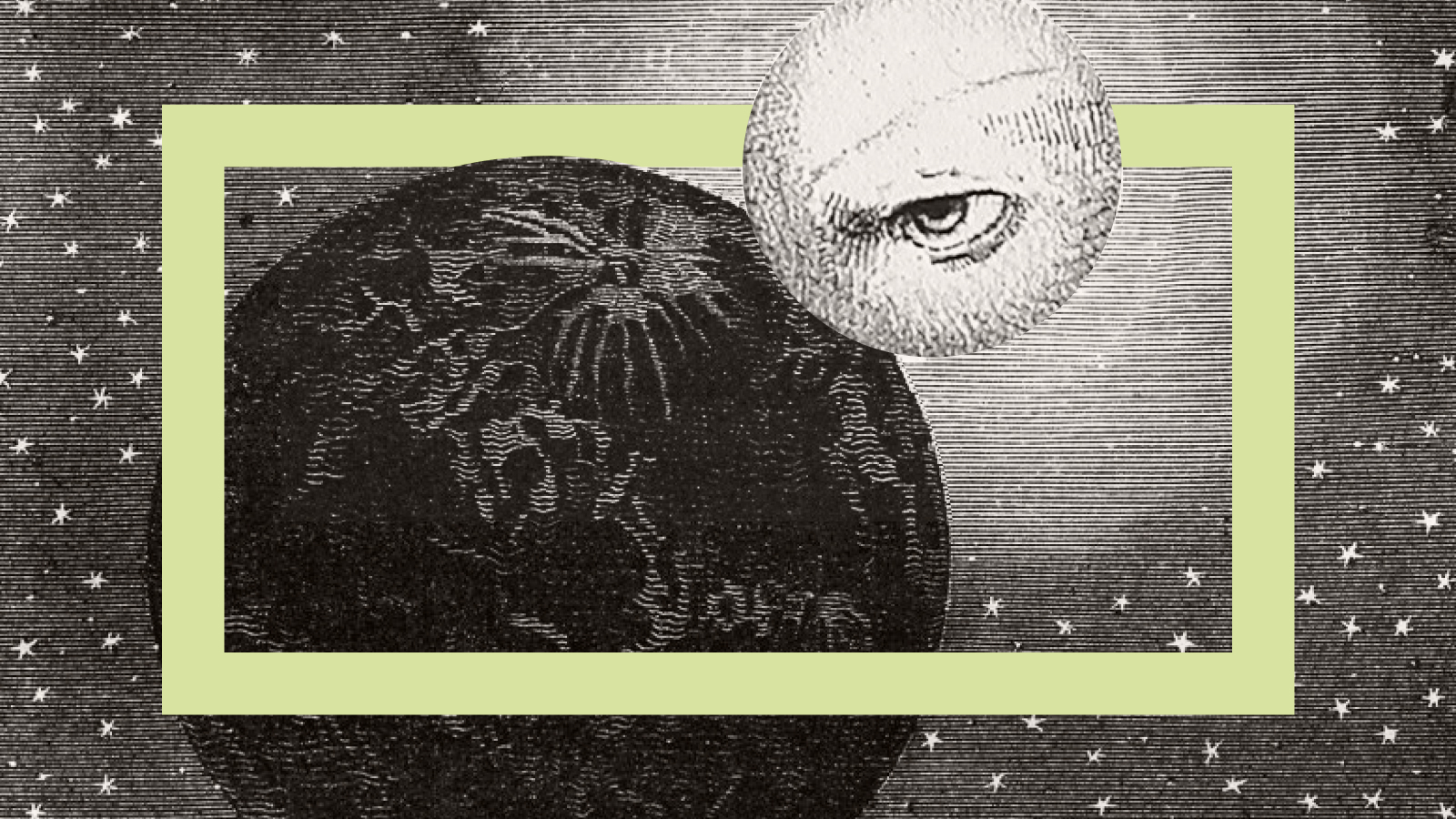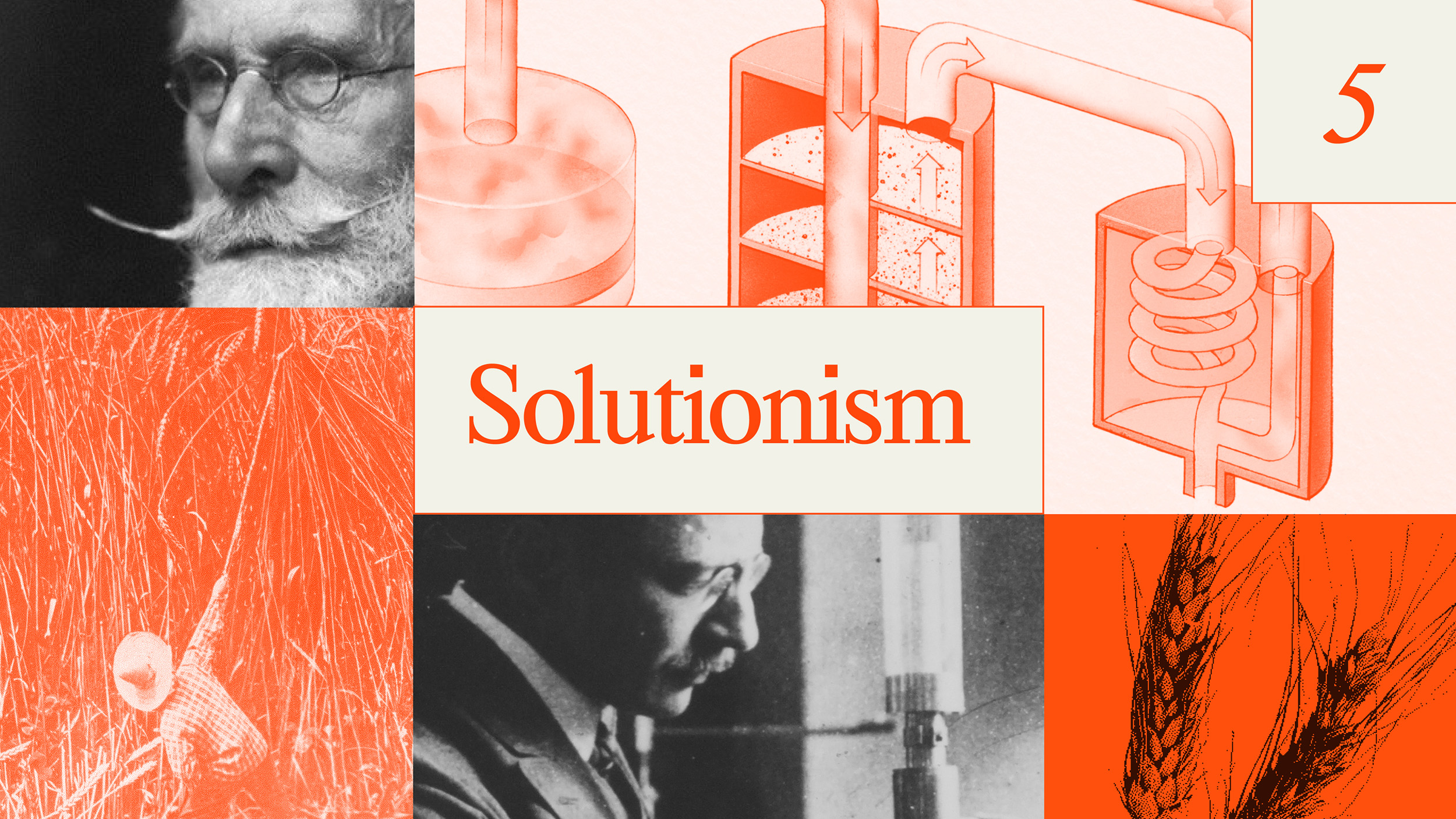Map Quest: Guillermo Kuitca’s “Everything”

“Painting is a battlefield… about what is, what is not, what ought to be, what I like, what I hate, what I love,” says Argentine artist Guillermo Kuitca, subject of a retrospective exhibition titled Guillermo Kuitca: Everything—Paintings and Works on Paper, 1980-2008 at the Walker Art Center. One of the most important painters working in Latin America today, Kuitca often uses maps and other representations of space to analyze the place of humanity in the world today. The human figure almost never appears in Kuitca’s work, but we feel it there through our own involvement in the paintings. Through his creative cartography, Kuitca calls us to join him on his quest to map out the battlefield of art and modern life.
Kuitca put his name on the map at the age of 13 with his first solo exhibition in Buenos Aires in 1974. The boy wonder never stopped wondering and evolving as an artist, forever bouncing off the walls of art history and rebounding with new ways of looking at the old medium of painting. This exhibition not only addresses the themes in Kuitca’s work, but also looks at how Kuitca practices what he preaches in terms of painting while resisting painting. “There is some truth to the limits of painting, which at the same time are part of painting’s allure,” Olga Viso quotes Kuitca in her catalogue essay, “Resistant Painting.” “Every painting carries the burden of that dead end and that abyss. There is something resistant in painting, a sort of loving resistance.” This love-hate relationship between Kuitca and painting itself creates a tension that makes his images oddly alluring and disturbing in a post-modern way.
Of the 50 large-scale paintings and 25 works on paper in the exhibition, I found Kuitca’s 1986 El mar dulce the most arresting. Showing the influence of Francis Bacon, whom Kuitca admits was “an important painter for me when I was twelve or thirteen” in conversations with Graciela Speranza that close out the catalogue, El mar dulce sets up a crimson stage littered with beds as the baby stroller in the “Odessa Steps” scene from Sergei Eisenstein’s 1925 silent film Battleship Potemkin tumbles in the background. Bacon similarly borrowed from Eisenstein to stage ultimate horror, but Kuitca’s stage set has more layers of meaning, some personal. Alluding to his family’s Russian and Jewish roots stretching back to Odessa, Kuitca claims that “[s]omehow, my family was traveling in that stroller. That was the ship that was bringing my family from Odessa.” Just when you think you have Kuitca’s puzzle solved, he adds another item to the map legend and makes you begin all over again.
As Andreas Huyssen explains in “Guillermo Kuitca: Painter of Space,” Kuitca’s “painting sidesteps the discourse that pits figuration against abstraction, visual presence of illusion against its absence, resulting in a new kind of image that remains representational in a non-mimetic mode, cold and yet sensual, geometric but delirious with color, conceptually rich but far from conceptualism in that it is still geared toward capturing modes of experiencing and knowing the world through painted images.” Modern art continually asks artists to pick a side—abstraction or the human figure. Kuitca refuses to make that choice and, instead, gives us the human figure through abstraction, specifically the marks—the map directions—we leave behind as we traverse our personal universe. We the actors thus become the audience to our own actions. “[T]he viewer in Kuitca’s work does not appear to have a consistent identity—neither Big Brother, nor divinity, nor encyclopedist,” Terence Riley writes in “The Architecture of Everything.” “He has a more composite nature, an elusive Zelig-like presence that is everything and everywhere… a kind of audience, consisting less of discrete individuals than an array of disembodied eyes, anonymously seeing everything.” By abstracting the human, Kuitca universalizes our individuality and allows us to see with the eyes of a god—the omniscient mapmaker.
Kuitca deservedly belongs among the upper echelon not only of artists in Latin America but also in contemporary art. Born among the political chaos of Argentina, Kuitca comes out of the darkness with a steady hand and eye on giving direction to modern art and life. Guillermo Kuitca: Everything—Paintings and Works on Paper, 1980-2008 offers us literally everything through giving us seemingly nothing. We can follow him, if we dare, or not, if we dare that, instead.
[Image: Guillermo Kuitca. El mar dulce. 1986. Acrylic on canvas. 78 ¾ x 118 in. Collection Paul and Trudy Cejas – Cejas Art Ltd.]
[Many thanks to the Walker Art Center for providing me with the image above from and a review copy of the catalogue to Guillermo Kuitca: Everything—Paintings and Works on Paper, 1980-2008, which runs through September 19, 2010.]





